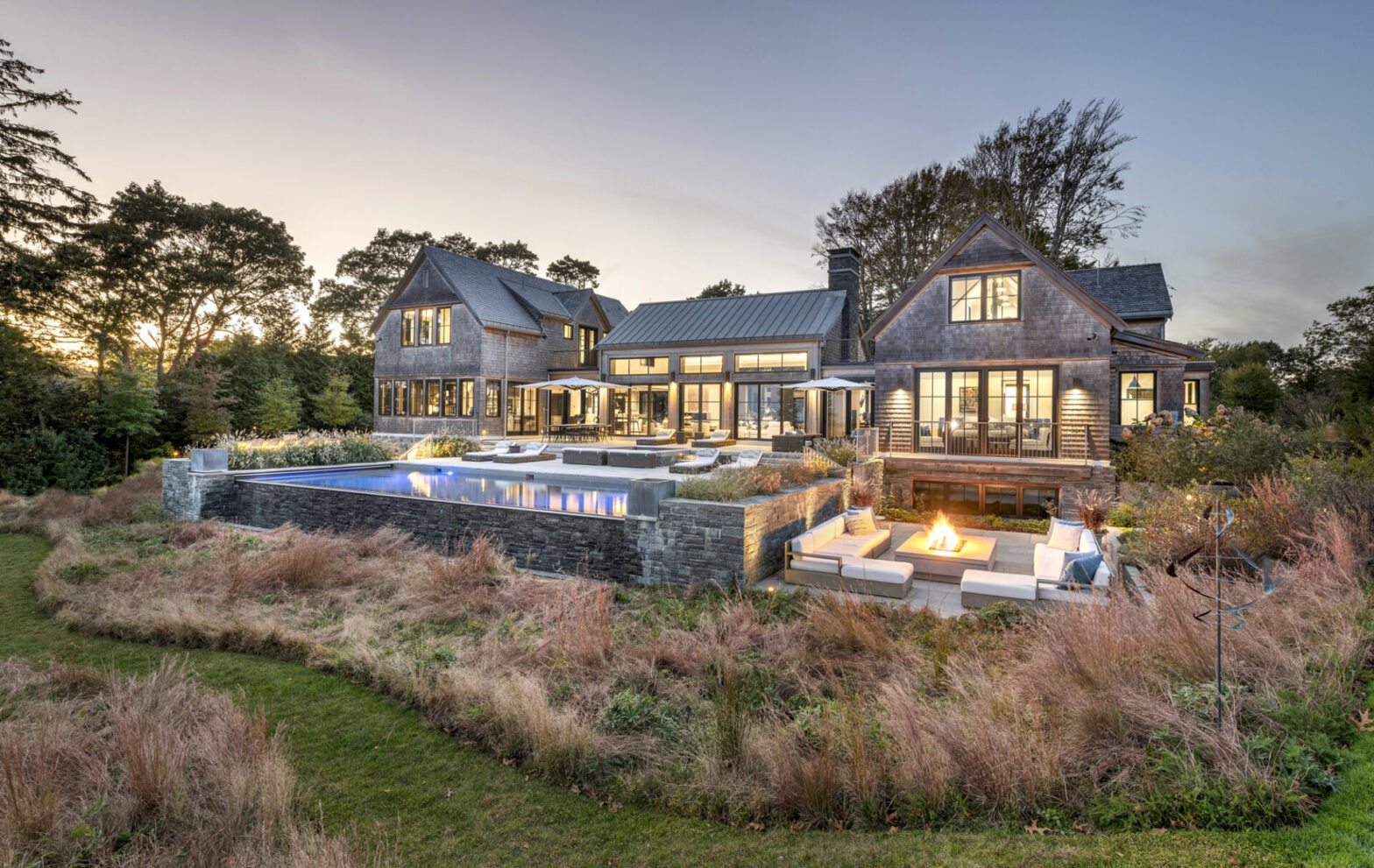Hungry, eating rabbits are every gardener's bane. But for landscape architect Gregory Lombardi, the rabbits in one of his client's gardens were a source of inspiration. On the garden gate he added handles in the shape of stylized carrots and hinges in the shape of jumping rabbits. It was a small detail, something you might not notice at first glance. But it added a touch of joy and whimsy that helped tell the story of this special garden and its little family of rabbits.
Telling the unique story of a place, adding special details, creating a narrative, and drawing on a place's natural materials, history, and surrounding landscapes are hallmarks of Lombardi's award-winning work.
“When you see something that makes your heart skip a beat, go with it and build on it, and that’s your story,” he says.
Founded in 1992, Gregory Lombardi Design creates beautiful outdoor spaces for both residential and institutional projects, from dreamy oceanfront homes on Cape Cod and the North Shore; to a modern and elegant Boca residence that found gentle beauty in aesthetic simplicity; to an outdoor area at the Governor's Academy in Byfield that features a public access path, shade trees, benches and a rain garden.
The North Billerica-based company has now grown to include many talented designers and offices in Cape Cod, Connecticut and Rhode Island. Part of his success comes from not limiting himself to a single style. Instead, it tells landscape stories that enhance the existing environment and stimulate inspiration and imagination with timeless design principles.
“One of my favorite words is intention,” Lombardi says. “I think there has to be an intention behind every movement.”
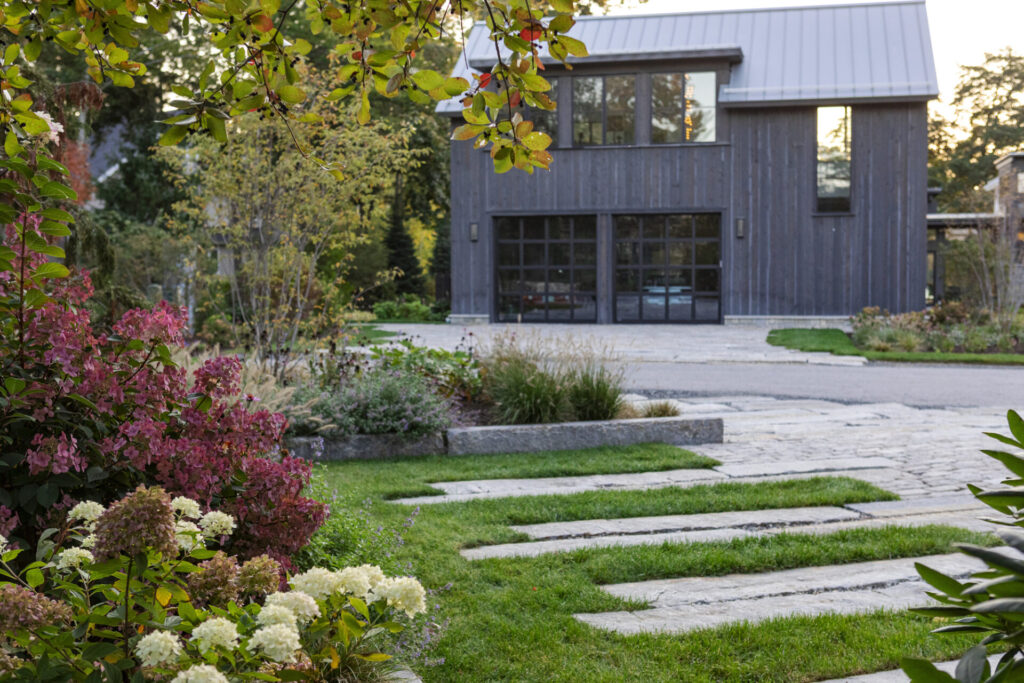

For Lombardi, intent is about more than just attention to detail. It's about listening to customers, learning the language of a place and becoming fluent in it, from New England to Florida or elsewhere, and then communicating that language through landscaping.
“We try to understand local vernacular architecture or local plant communities,” he says. “What makes sense there may not make sense in other parts of the country.”
Lombardi grew up in a small mill town in western Pennsylvania outside Pittsburgh, where pollution and strip mining caused the local river to turn orange and devoid of life.
“I started to realize how the environment is affected by humans and what we do to it, both bad things and good things. And I think that probably influenced me subliminally,” he says.
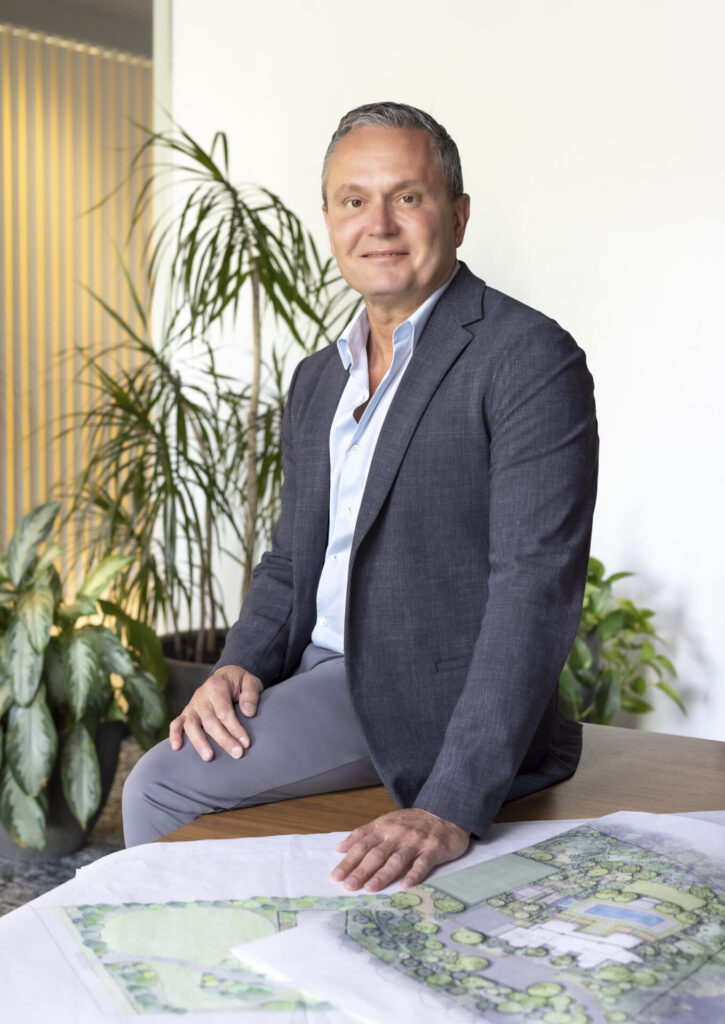

He was also interested in ecology, nature, flora, architecture, interior design, decorative arts and history. He studied art history in college with a concentration in architectural history and spent much of his junior year in Rome studying Baroque architecture. But everything changed when he saw a poster for the Harvard Graduate School of Design's Career Discovery program hanging in his advisor's office.
“It said 'Architecture, Landscape Architecture and Urban Development,'” Lombardi remembers. Asked: “What is landscape architecture?”
“Seeing that poster changed my life,” he says. He applied first to the Career Discovery program and then to Harvard itself to study landscape architecture, and the rest is history.
Not only did Harvard provide Lombardi with a first-class education, it also brought him to New England, where he fell in love with that country's history and landscape.
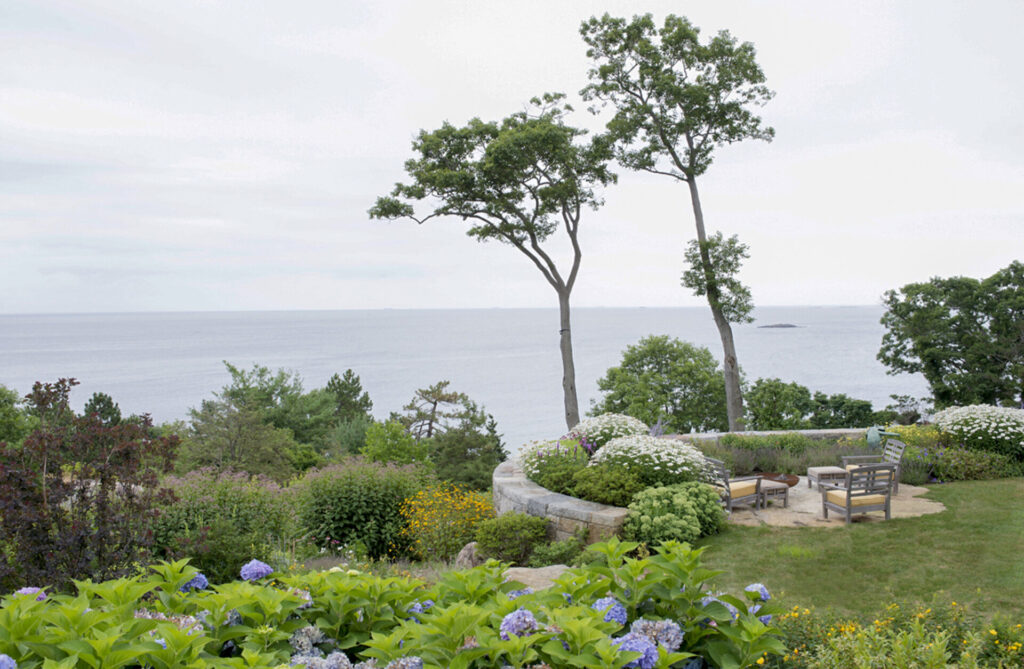

“Not just the plant material, but the material palette,” he says. “It’s stone, it’s wood, it’s very authentic… I’ve found it’s something I enjoy working with.”
Since then, his company has earned a reputation for its exquisite attention to detail and flair for understanding and highlighting what makes a place special.
“It's not just about the landscape. It's about the idea of how the building connects to the history of the landscape and how the people live there and how you interact and how you experience it,” he says. “What do we want people to understand or explore about this place, particularly what is different from other places?”
He points to a project that involved a bandstand converted into a seaside residence, where Lombardi and the client wanted to retain the romance and eccentricity of the original site without appearing too grand, formal or overly organized. Instead of using asphalt for the driveway, reclaimed granite pieces and stone pavers created an organic, almost “random” look. Other whimsical details provided a “sense of wonder,” such as a bronze compass rose embedded in the paving and shell details on the railing’s finials, including a crab that looked like it was scurrying away.
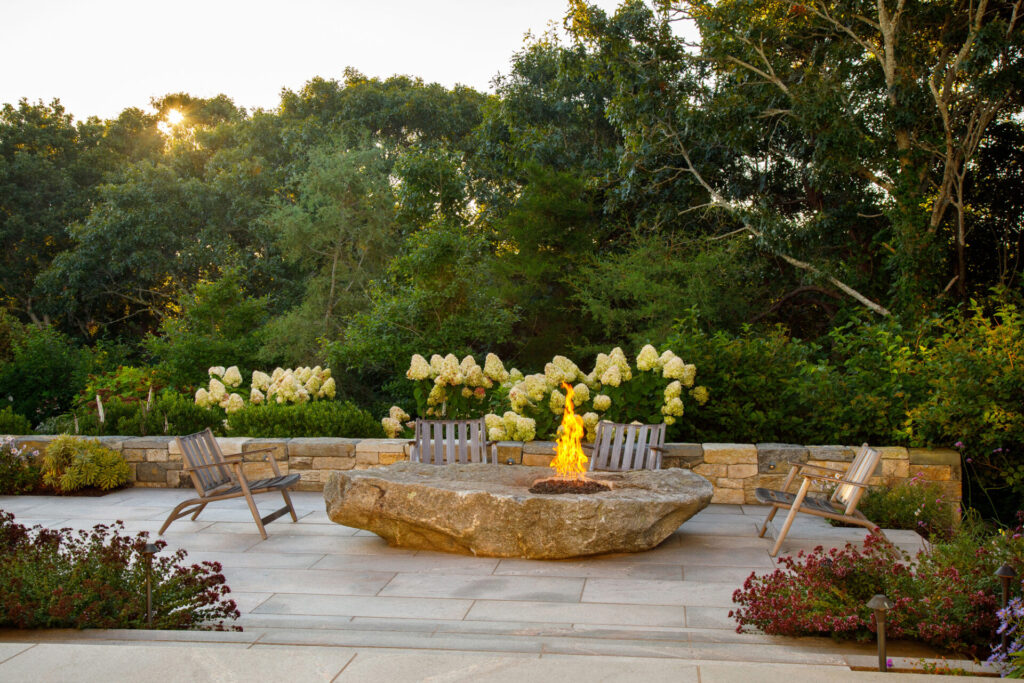

“It has a very organic, unplanned feel that they really wanted to keep on the site,” he says. “They didn’t want to tame it into something it wasn’t.”
Now Lombardi is excited about his plans, still in the works, for the company's “next chapter” where it will grow in new ways. “I can't wait to see how it's received,” he says, “We want to keep telling our story. We want to tell more of it.”
lombardidesign.com
